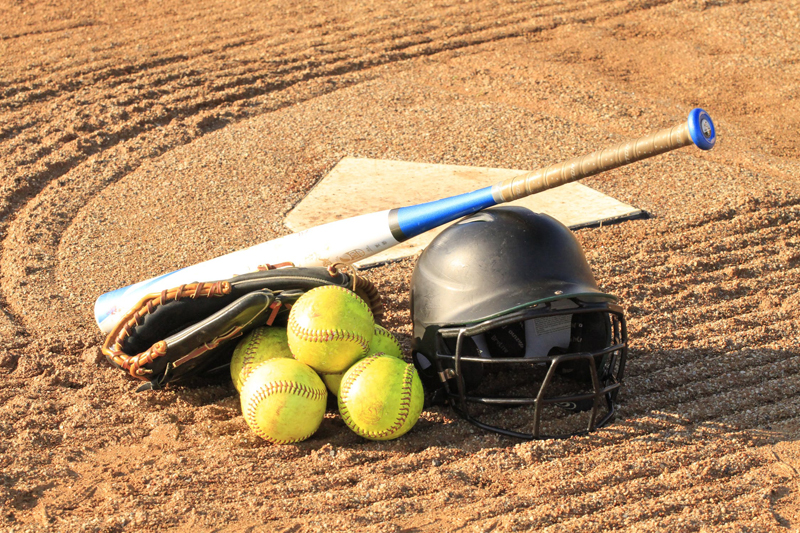Scorekeeping Tasks between Innings

The first thing the scorekeeper should do after the third out of the inning is confirm that the umpire agrees with the amount of runs scored in the score book for that half inning, and the total score for the game up to that time. As mentioned in the previous article, score discrepancies are a huge hassle and usually results in at least half the people involved in the game upset. Score discrepancies are avoided if one understands when runs count and has good communication with the umpire. If there is any question in the scorekeeper’s mind about whether a run scored or not, ask the umpire immediately.
Once the score for the half inning has been confirmed, the real work between innings commences. The scorekeeper should enter the number of runs in the “Score by Inning” section at the stop of the page of most score sheets. It is a good idea to enter both the innings scored that half inning, plus the cumulative score at that point. For example, if a team had four runs before the inning, and then scored two more runs during the inning, enter “2 / 6” (six being the total runs scored so far) in the appropriate “Score by Inning” block.
Other statistics that should be collected for each half inning are the number of hits, the number of runners left on base (LOB), and the number of put outs (PO), assists (A), and errors (E) that occurred that inning. Some organizations, such as Little League Softball, have a pitch limitation for pitchers, which require one to keep track of the number of pitches a pitcher has pitched. If that is the case, or if the coach is otherwise interested in that statistic, the scorekeeper should count the pitches in the inning. When doing so, make sure that fouls with two strikes are counted, and that the last pitch of the at bat (resulting in a hit, walk or strike out) is also counted.
The scorekeeper should talk with the coach before the game to make sure that any other statistics that he/she would like to track are accounted for each half inning as well. For example, as a coach I like knowing the number of balls hit to the outfield or balls hit hard. If that number starts going up, I know it is time to consider replacing pitchers.
In addition to any statistics the coach desires, the scorekeeper should tell the coach each inning who is coming up to bat. If the scorekeeper’s team is coming up, this is a check for the coach to make sure that both the coach and the scorekeeper agree upon which batter is starting the inning. Batting out of order results in an out, and if it occurs, the responsibility usually falls on the scorekeeper. If the opposing team is coming up, knowing where they are in the order is very helpful information for the coach, the pitcher, and the catcher, so that they have a heads-up on how to pitch to those batters. Additionally, coaches are usually interested in where the opposing batters have hit the ball, and this is also information the scorekeeper can pass to the coach to help him/her with defensive decisions and placement.
Finally, the scorekeeper must track substitutions when the coach or the umpire announces them. Substitutes should be tracked on the score sheet, including what inning and for whom the substitute comes in. Substitutions are completely different in Softball than in baseball (definitely a subject for another day), so the Softball scorekeeper should also track which players can reenter the game and which ones cannot, as well as who courtesy runs are and for whom they are running.
The good scorekeeper is an invaluable asset to her coach, and nowhere does that appear more than between innings. By communicating with the umpire and the coach about the score, the batting order, substitutions, and specific statistics, she becomes an integral part of the game and contributes to the success of her team.
BellaOnline Softball Subject List: Coach´s Box, Health & Medical, History of Softball, International Softball, Organizations, Parents , Professional Softball, Reviews, Rules & Regulations, Scorekeeping, Stats & Analysis, Travel Ball |
This site needs an editor - click to learn more!
You Should Also Read:
Scorekeeping Runs with the Third Out
Scorekeeping at the end of a Game
Scorekeeping the Earned Run in Softball
Related Articles
Editor's Picks Articles
Top Ten Articles
Previous Features
Site Map
Content copyright © 2023 by Don McKay. All rights reserved.
This content was written by Don McKay. If you wish to use this content in any manner, you need written permission. Contact
BellaOnline Administration
for details.


